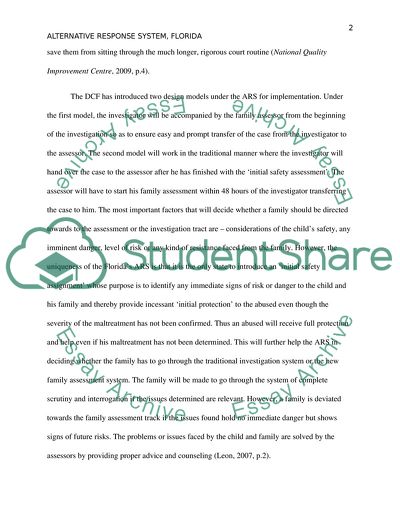Cite this document
(Children Article Example | Topics and Well Written Essays - 1750 words, n.d.)
Children Article Example | Topics and Well Written Essays - 1750 words. https://studentshare.org/family-consumer-science/1756785-alternative-responses
Children Article Example | Topics and Well Written Essays - 1750 words. https://studentshare.org/family-consumer-science/1756785-alternative-responses
(Children Article Example | Topics and Well Written Essays - 1750 Words)
Children Article Example | Topics and Well Written Essays - 1750 Words. https://studentshare.org/family-consumer-science/1756785-alternative-responses.
Children Article Example | Topics and Well Written Essays - 1750 Words. https://studentshare.org/family-consumer-science/1756785-alternative-responses.
“Children Article Example | Topics and Well Written Essays - 1750 Words”. https://studentshare.org/family-consumer-science/1756785-alternative-responses.


